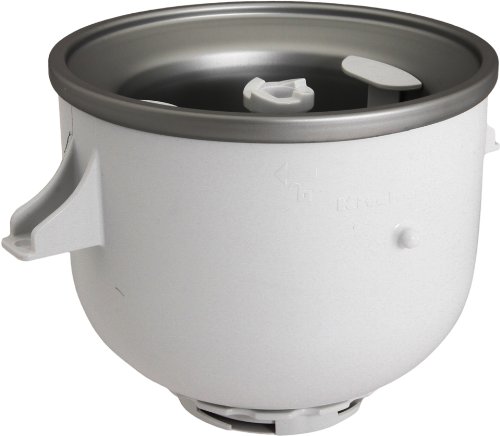The dishwasher has now been labeled as one of the most important appliances in an average-income and medium-sized household. It is usually used three to seven times a week in an average household.
Buying a dishwasher is not as easy as simply selecting the cheapest one that can do the task. There are several important things that should be considered before choosing a dishwasher.
* Size
Choose the dishwasher that has the right size for your household needs. Compact Capacity models contain eight and six pieces of covered service or not. Standard capacity models can be more than eight seats and six pieces to serve. Most models of memory standard, you set a 24-inch space under the work plan.
Now consider the choice of the capacity model compact, how often you plan to use the dishwasher. If you are using the compact model often use more energy and water if you have a standard capacitymodel.
There are also some dishwashers that have fold-down tines and adjustable racks, for differently-shaped serving pieces. Some dishwashers allow adjustments to have plates be cleaned on both layers at the same time. This is helpful if you are hosting large parties.
* Wash Cycles
The basic cycles usually are light, normal, and pots and pans. Some dishwashers have a rinse and hold setting to delay washing until the load is full.
Consider having a dishwasher that has multiple wash cycles so you can choose the cleaning level according to the dirt on the dishes. Check if there is an energy-saving or light cycle setting. Such a setting saves you money by operating in less time and consuming less water. Apart from these, other cycle settings may not be as important.
* Cycle Time
A dishwasher can take 80 to 150 minutes for the normal cycle time. Longer cycle times do not really affect the level of cleaning. So if choosing a dishwasher, the cycle time should only be within that range.
* EnergyGuide
Check the EnergyGuide stickers to know more about the power and water consumption of the dishwasher model.
A regular dishwasher can consume three and a half to twelve gallons of water per load. Energy costs can reach up to a year. So always select an energy and water efficient model.
* Dirt Sensors
A little while ago, dirt sensors were only available as a premium feature. Most new dishwasher models now have dirt sensors to adjust the water consumption to the level of dirt of the dishes.
* Noise
Check the noise ratings of the dishwater. You may be able to get a good-functioning dishwasher for a low price but the noise may be one of its disadvantages.
* Design
Since having a dishwasher is now popular, several designs and colors are now available. The most common colors are white and black. Those with a stainless steel finish are popular but remember that these can show smudges and fingerprints.
Some dishwashers may also be fitted with a customized front panel, so it can blend with the design of your kitchen cabinets.
Most of the new models have one door, eliminating the bottom panel for the dirt trap. This design creates a clean look.
Some smoothly designed, costlier models have the controls along the top edge of the door. However, this makes the buttons difficult to operate and labels hard to read.
* Self-cleaning filters
Self-cleaning filters may provide ease of maintenance but it can add to the noise. A clogged filter degrades the dishwasher's performance. Since filters can be easily cleaned by taking it out and rinsing it, you may just opt for those without self-cleaning filters.
* Price
The price for domestic brands ranges from 0 to 00. Foreign-made brands can cost from 0 to 00.
Upon selecting the dishwasher to fit your household needs, your last concern will be installation and shipping. The installation costs usually within $ 100 and $ 200. When replacing an old unit, also check the company's rates for removing the old unit and replacing it with a new one.
Determined with this information, you can safely choose the right dishwasher, save money over time.
 | Price : $58.00
| Price : $58.00
 | Price : $58.00
| Price : $58.00







